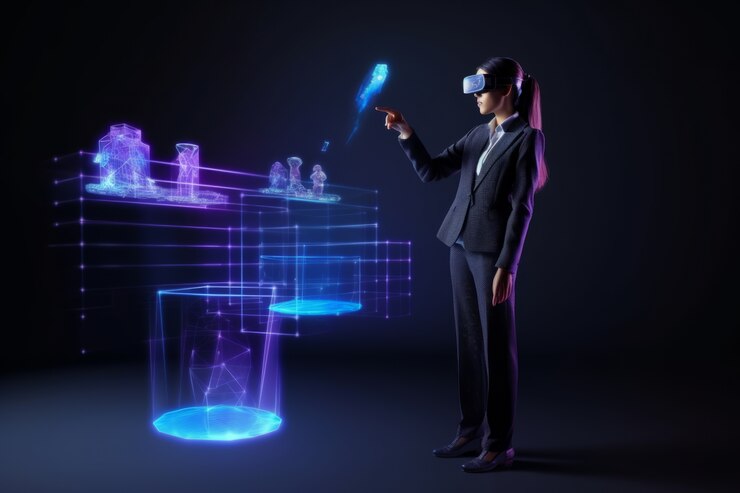When discussing the evolution of architectural design, it’s impossible to ignore the profound impact of 3d architectural visualization technologies. These advancements have revolutionized the way architects conceptualize, communicate, and bring their designs to life. In this article, we’ll explore the transformative influence of 3D visualization on architectural design.

1. Enhanced Design Exploration
With the advent of 3D visualization technologies, architects now have the ability to explore design concepts in unprecedented detail. Instead of relying solely on 2D drawings and blueprints, architects can create immersive 3D models that allow them to visualize every aspect of a building’s design. This enhanced design exploration process enables architects to iterate more efficiently, refine their ideas, and ultimately create more innovative and compelling designs.
2. Improved Communication and Collaboration
3D visualization technologies have also improved communication and collaboration within the architectural industry. By creating highly realistic renderings and visualizations, architects can effectively communicate their design intent to clients, stakeholders, and other members of the project team. This clear and detailed visualization helps ensure that everyone involved in the project is aligned on the vision and objectives, leading to smoother project execution and fewer misunderstandings.
3. Streamlined Decision-Making
Streamlining the decision-making process is another key benefit of 3D visualization technologies in architectural design. By providing clients with immersive virtual tours and interactive presentations of proposed designs, architects can empower them to make more informed decisions about their projects. This not only helps expedite the approval process but also minimizes the risk of costly design changes later on.
4. Increased Marketing Effectiveness
From a marketing perspective, 3D visualization technologies have significantly increased the effectiveness of architectural firms’ marketing efforts. By showcasing photorealistic renderings and virtual walkthroughs of their projects, firms can attract more clients and differentiate themselves in a competitive market. These visually stunning presentations help potential clients envision the final result and instill confidence in the firm’s ability to deliver exceptional design solutions.
Conclusion
In conclusion, the evolution of architectural design has been profoundly shaped by the advancements in 3D visualization technologies. From enhanced design exploration to improved communication and collaboration, streamlined decision-making, and increased marketing effectiveness, these technologies have revolutionized the way architects approach their craft. For those looking to harness the power of 3D visualization in their architectural projects, partnering with a reputable studio like Render Vision can unlock endless possibilities for bringing innovative designs to life.
Read Also:
- 2023 Us Open Day 2 Picks: Expert Predictions For Top Matches
- US Open Tennis Balls Serving Up Controversy, And Perhaps, Players’ Injuries
- Neeraj Chopra Beats Pakistani Arshad Nadeem And Becomes 1st Indian To Win Gold

